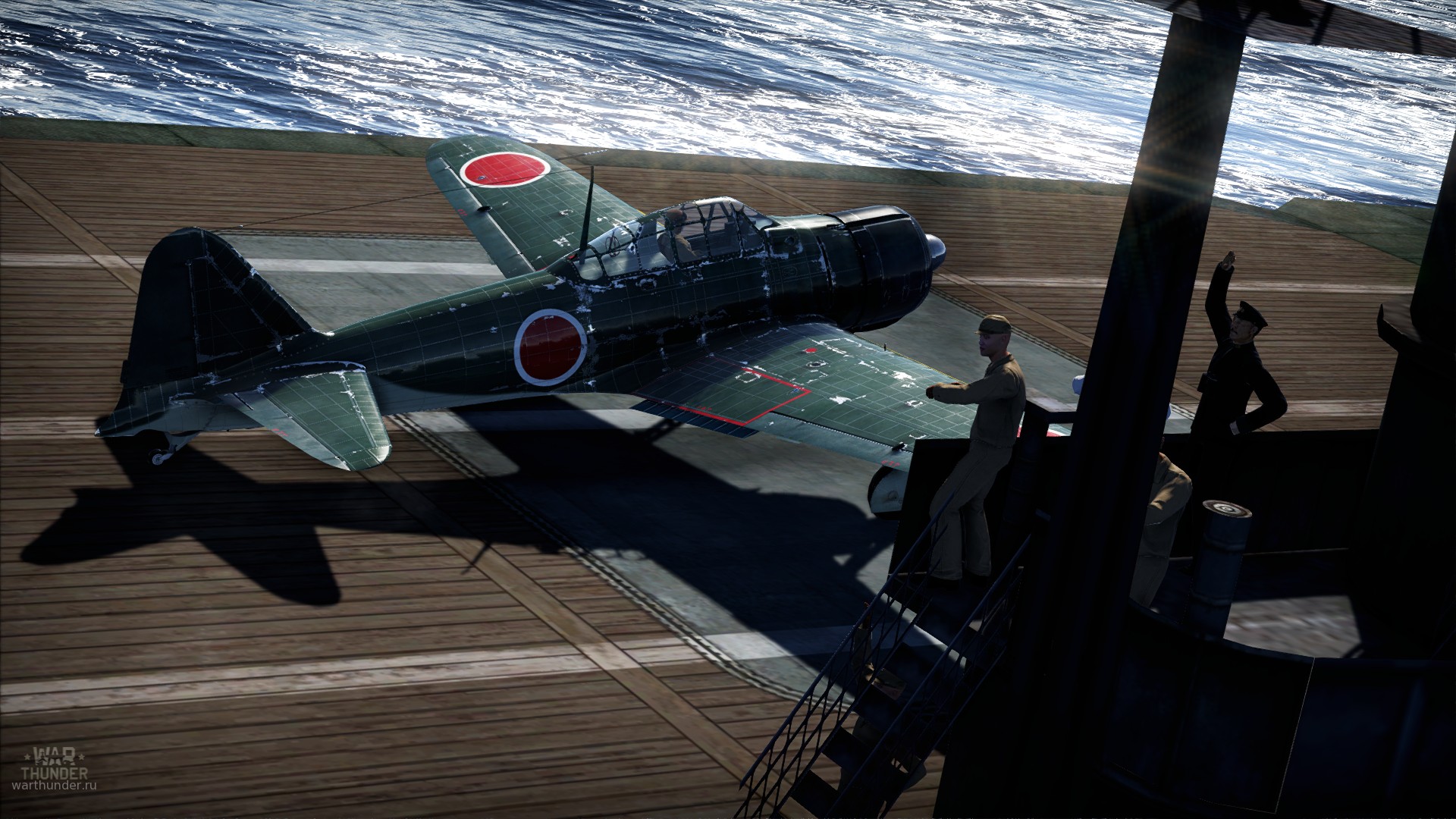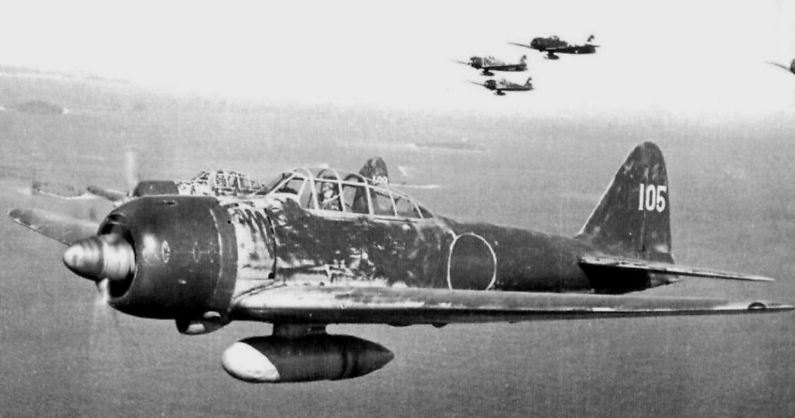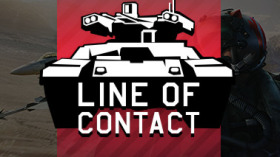
- Für PC
- Für MAC
- Für Linux
- Betriebssystem: Windows 10 (64bit)
- Prozessor: Dual-Core 2.2 GHz
- Arbeitsspeicher: 4GB
- DirectX 11 fähige Grafikkarte: AMD Radeon 77XX / NVIDIA GeForce GTX 660; die geringste Auflösung für das Spiel beträgt 720p
- Netzwerk: Breitband-Internetverbindung
- Festplatte: 21,5 GB (minimaler Client)
- Betriebssystem: Windows 10/11 (64bit)
- Prozessor: Intel Core i5 / Ryzen 5 3600 oder besser
- Arbeitsspeicher: 16 GB und mehr
- DirectX 11 fähige Grafikkarte oder höher mit den neuesten Treibern: NVIDIA GeForce GTX 1060 oder höher / AMD Radeon RX 570 oder höher
- Netzwerk: Breitband-Internetverbindung
- Festplatte: 60,2 GB (Full Client)
- Betriebssystem: Mac OS Big Sur 11.0 oder neuer
- Prozessor: Intel Core i5, 2.2 GHz (Intel Xeon Prozessoren werden nicht unterstützt)
- Arbeitsspeicher: 6 GB
- Grafikkarte: Intel Iris Pro 5200 oder analoge AMD / Nvidia für Mac. Die geringste Auflösung des Spiels beträgt 720p mit Metal Support
- Netzwerk: Breitband-Internetverbindung
- Festplatte: 21,5 GB (minimaler Client)
- Betriebssystem: Mac OS Big Sur 11.0 oder neuer
- Prozessor: Intel Core i7 (Intel Xeon Prozessoren werden nicht unterstützt)
- Arbeitsspeicher: 8 GB
- Grafikkarte: Radeon Vega II oder höher mit Metal Support
- Netzwerk: Breitband-Internetverbindung
- Festplatte: 60,2 GB (Full Client)
- Betriebssystem: neueste 64bit Linux Systeme
- Prozessor: Dual-Core 2.4 GHz
- Arbeitsspeicher: 4 GB
- Grafikkarte: NVIDIA 660 mit den neuesten Treibern (nicht älter als 6 Monate) / vergleichbare AMD mit den neuesten Treibern (nicht älter als 6 Monate); die geringste Auflösung für das Spiel beträgt 720p mit Vulkan Support
- Netzwerk: Breitband-Internetverbindung
- Festplatte: 21,5 GB (minimaler Client)
- Betriebssystem: Ubuntu 20.04 64bit
- Prozessor: Intel Core i7
- Arbeitsspeicher: 16 GB
- Grafikkarte: NVIDIA 1060 mit den neuesten Treibern (nicht älter als 6 Monate) / vergleichbare AMD (Radeon RX 570) mit den neuesten Treibern (nicht älter als 6 Monate); mit Vulkan Support
- Netzwerk: Breitband-Internetverbindung
- Festplatte: 60,2 GB (Full Client)

Vergesst nicht, an unserer besonderen Veranstaltung: "Floats!", teilzunehmen. Dort nehmen auch japanische Wasserflugzeuge und Flugboote teil.
Der Aufstieg der japanischen Marinefliegerei: Teil 2 (Lest hier den ersten Teil.)
Übersetzung in Arbeit
The new Imperial Japanese Naval Air Service’s first entry into inter-war conflict came on January 28th 1931 when Japanese forces landed at Shanghai, claiming to be protecting Japanese interests in the area. Within the next three days the carriers HIJMS Kaga and Hosho had arrived in theatre, bringing with them an impressive air wing of seventy nine fighters and bombers. The naval Nakajima A1N fighters were able to achieve air superiority whilst the Mitsubishi B1M bombers supported ground forces, eventually all but destroying the Chinese quarter of Shanghai itself. This signaled the beginning of another phase of years of outright hostility between Japan and China.
With aircraft purchased mainly from the United States and in some cases flown by US pilots, the Chinese met the aircraft of the Japanese Navy in the skies above Shanghai. In these early encounters, Japanese superiority began to assert itself as a steady trickle of aerial victories were claimed by Japanese fighter pilots, whilst the only losses to Japanese aircraft came from ground fire.
Meanwhile, developments were continuing back in Japan. After the London Disarmament Treaty had imposed limits on warships, including aircraft carriers, the decision was made in Japan to construct a series of long ranged, ground based aircraft to support the Fleet. This was one of the factors which led to the Japanese design philosophy of prioritizing long range over many other aspects of aircraft design. Other considerations to overcome the obstacle of a limit to the number of carriers included the design of floatplanes and the introduction of dive-bombers to give the limited number of carriers a strike capability against high speed targets at sea. During conferences held in December 1934, Japan requested the right to be given equal treatment with Britain and the USA in terms of limitations to warships. This was denied. Relations between Japan and the west were continuing to deteriorate.
1935 saw the development of increasingly modern Japanese aircraft; the Mitsubishi B5M and Nakajima B5N were both now being manufactured for the Japanese Navy, and development of the Mitsubishi A5M carrier fighter was completed in January. Summer saw the first flight of the Mitsubishi G3M1 land based, twin-engine bomber, which would go on to achieve notoriety in December 1941 as the aircraft type which sank the battleships HMS Prince of Wales and HMS Repulse.
March 1936 saw a change of government in Japan and with it a more aggressive stance with regards to foreign policy. Industry and the military were both rapidly expanded as Japan prepared for full-scale war against China. This was further consolidated for the Imperial Japanese Navy in January 1937 when the 2nd Replenishment Law was initialized, ending the limitations enforced by previous agreements. Sensing the military build up in Japan and now wary of its own foreign interests, Britain dispatched Royal Naval officers to Hong Kong for considerations regarding defense against Japan, in a reversal to the relationship from only a few years previously which resulted in British military advisors being sent to assist the Japanese.
 In July 1937 Japanese troops on maneuvers engaged in hostilities with Chinese forces at the Marco Polo Bridge near Peking. The result was an almost immediate escalation into full-blown war. With between 650 and 700 aircraft, Chinese air power represented a significant threat and it was decided that Japanese Army aviation would be responsible for the air war in North China whilst naval aviation would provide cover to operations in central and Southern China. This consisted of land based naval aircraft in Japan, and the 264 aircraft distributed between the carriers HIJMS Hosho, Ryujo and Kaga. The once fledgling Japanese aviation industry now amazed the world by mounting a 1200 mile range bomber raid to Kwantoh and Hangzhou, in terrible weather and without losing a single aircraft. Long-range bomber operations from Japan continued whilst lighter, carrier based aircraft supported the Japanese army’s advance further into China. Despite suffering mounting losses to Chinese fighters, the Japanese navy was able to mount operations from an airbase near Shanghai by September. By October the Japanese Navy had carried out over 3000 sorties, during which over 300 Chinese aircraft had been destroyed in the air and on the ground, and sixty-one Chinese cities had been attacked. Japan was now learning modern air warfare tactics in practice, and bomber losses began to drop as fighter escorts became standard. The upper hand in the fight for air superiority fell squarely to the Japanese, where in the center and south the Mitsubishi A5M ‘Claude’ reigned supreme over the Chinese operated US-import fighters, such as the Curtiss Hawk and Boeing 218 and the Soviet built Polikarpov I16. By October of 1937 large scale aerial battles were being waged in the skies over Shanghai and Nanjing, the ferocity of which gave greater prioritization to the development of Mitsubishi’s latest naval fighter design. Entering combat for the first time in the war torn skies of China in 1940, the Mitsubishi A6M ‘Zero’ set new international standards of excellence in air combat, proving all but unbeatable against anything China could pitch against it.
In July 1937 Japanese troops on maneuvers engaged in hostilities with Chinese forces at the Marco Polo Bridge near Peking. The result was an almost immediate escalation into full-blown war. With between 650 and 700 aircraft, Chinese air power represented a significant threat and it was decided that Japanese Army aviation would be responsible for the air war in North China whilst naval aviation would provide cover to operations in central and Southern China. This consisted of land based naval aircraft in Japan, and the 264 aircraft distributed between the carriers HIJMS Hosho, Ryujo and Kaga. The once fledgling Japanese aviation industry now amazed the world by mounting a 1200 mile range bomber raid to Kwantoh and Hangzhou, in terrible weather and without losing a single aircraft. Long-range bomber operations from Japan continued whilst lighter, carrier based aircraft supported the Japanese army’s advance further into China. Despite suffering mounting losses to Chinese fighters, the Japanese navy was able to mount operations from an airbase near Shanghai by September. By October the Japanese Navy had carried out over 3000 sorties, during which over 300 Chinese aircraft had been destroyed in the air and on the ground, and sixty-one Chinese cities had been attacked. Japan was now learning modern air warfare tactics in practice, and bomber losses began to drop as fighter escorts became standard. The upper hand in the fight for air superiority fell squarely to the Japanese, where in the center and south the Mitsubishi A5M ‘Claude’ reigned supreme over the Chinese operated US-import fighters, such as the Curtiss Hawk and Boeing 218 and the Soviet built Polikarpov I16. By October of 1937 large scale aerial battles were being waged in the skies over Shanghai and Nanjing, the ferocity of which gave greater prioritization to the development of Mitsubishi’s latest naval fighter design. Entering combat for the first time in the war torn skies of China in 1940, the Mitsubishi A6M ‘Zero’ set new international standards of excellence in air combat, proving all but unbeatable against anything China could pitch against it.
After initial lightning successes by the Japanese the rapid advances were slowing to a halt by 1939, particularly with foreign aid to China from several nations. However, as Japanese plans for expansion throughout South East Asia intensified, a need to eliminate the threat of the US military was identified if operations against British and Dutch territories were to be a success. Thus, in December 1941 the aviators of the Japanese Navy, inspired by the success of the British Fleet Air Arm’s attack on the Italian harbor of Taranto, mounted the now legendary strike against the US Pacific Fleet at Pearl Harbor.
Initially advised by foreign subject matter experts and expanding what was a second rate military in terms of a global scale, the Imperial Japanese Naval Air Service was a world class fighting force by the time the Second Sino-Japanese War merged to become a part of the Second World War. With a first rate aviation industry, world class aircrew training and years of combat experience, the Sino-Japanese war had given Japan what the Spanish Civil War had given to Europe; full blown war to test new tactics and equipment. From its humble beginnings at the turn of the century, this combat experience now sent the men and machines of the Japanese Naval Air Service into the Second World War as one of the world’s most feared fighting arms.
Discuss the article on our forums
The author
 Mark Barber, War Thunder Historical Consultant
Mark Barber, War Thunder Historical Consultant
Mark Barber is a pilot in the British Royal Navy's Fleet Air Arm. His first book was published by Osprey Publishing in 2008; subsequently, he has written several more titles for Osprey and has also published articles for several magazines, including the UK's top selling aviation magazine 'FlyPast'. His main areas of interest are British Naval Aviation in the First and Second World Wars and RAF Fighter Command in the Second World War. He currently works with Gaijin as a Historical Consultant, helping to run the Historical Section of the War Thunder forums and heading up the Ace of the Month series.



